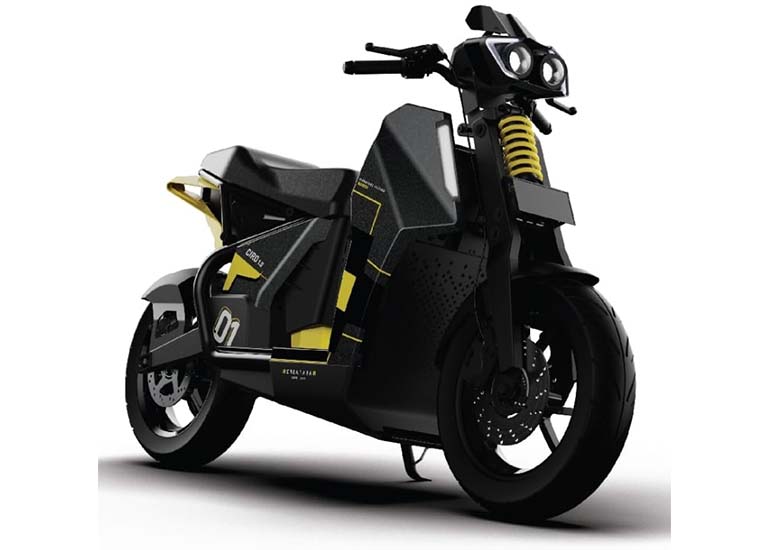Table of Contents
In today’s world, sensors play a crucial role in various aspects of life, from medical advancements to earthquake detection. However, the reliance on disposable batteries to power these sensors poses significant environmental challenges due to electronic waste. Addressing this concern, researchers at ETH Zurich have developed a groundbreaking mechanical sensor powered solely by sound waves, offering a sustainable solution to eliminate the need for disposable batteries in diverse devices.Discover the groundbreaking sound-powered sensor technology revolutionizing industries. Learn how this innovative technology harnesses sound waves to power sensors, offering sustainable solutions for various applications
Harnessing Sound Energy Using Sound Powered Sensor Technology
The innovative sound-powered sensor takes advantage of the vibrational energy generated by sound waves to produce electrical power. This breakthrough concept was developed by Johan Robertson, a renowned professor of geophysics at ETH Zurich, alongside his research team. By leveraging advanced computer modeling and sophisticated algorithms, the team designed a unique sensor structure consisting of identical plates interconnected by small bars. This design allows the sensor to efficiently capture sound vibrations and convert them into usable energy, offering a sustainable alternative to traditional energy sources.

The sensor’s ability to selectively respond to specific tones or noises is one of its most notable features. The carefully engineered structure enables it to detect particular sound frequencies, triggering the generation of electrical energy only when certain tones are present. This precision in energy conversion makes the sensor highly efficient and adaptable for a range of applications. The prototype has already demonstrated its efficacy, marking a significant step forward in the development of sound-powered technologies. By harnessing ambient sound energy, this sensor paves the way for eco-friendly power solutions in various industries, from consumer electronics to environmental monitoring systems.
Metamaterials and Eco-Friendly Composition
The sensors utilizing this groundbreaking sound-powered technology are distinguished not by the material properties but by their structural composition, classifying them as metamaterials. These metamaterials are uniquely designed to leverage the vibrational energy of sound waves, creating an entirely new class of sensors. According to Marc Serra-Garcia, a key contributor to the research, these sensors are made entirely of silicone, making them more environmentally friendly than conventional electronic sensors, which often contain toxic heavy metals or rare earth materials. This eco-conscious design not only reduces the environmental impact but also offers a safer, more sustainable alternative to traditional sensor technology.

Expanding Functionality and Miniaturization
Beyond their environmental benefits, ongoing advancements in sound-powered sensor technology aim to expand their functionality. Current efforts are focused on enabling the sensors to detect a broader range of commands, such as “on,” “off,” “up,” and “down,” enhancing their versatility and usability in various applications. Additionally, researchers are working on miniaturizing the sensors, which would allow them to be integrated into even smaller devices, opening up new possibilities for their use in consumer electronics, medical devices, and IoT systems. With these improvements, sound-powered sensors are poised to become a game-changer in the field of sustainable, low-energy technology.
Applications in Real-world Scenarios
The implications of sound-powered sensors extend beyond theoretical innovation, finding practical utility in diverse scenarios. Notably, these battery-free sensors offer unparalleled efficiency in monitoring seismic activity in buildings, capable of detecting structural flaws indicative of impending earthquakes.
Additionally, they hold promise in safeguarding decommissioned oil wells by detecting gas leaks through characteristic sound emissions, thus mitigating potential environmental hazards. Importantly, the low energy consumption of these systems facilitates cost-effective deployment, addressing industry demands for sustainable and economically viable sensor solutions.
Conclusion
The development of sound-powered sensors marks a significant milestone in sensor technology, offering a sustainable alternative to disposable batteries while expanding the horizons of functionality and application. With ongoing research endeavors aimed at refinement and commercialization, the prospect of a future devoid of electronic waste looms closer, underscoring the transformative potential of innovation in addressing global environmental challenges.
Related Posts






















Leave feedback about this